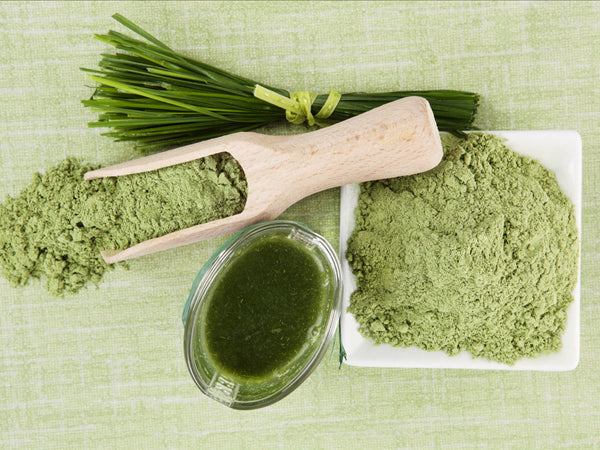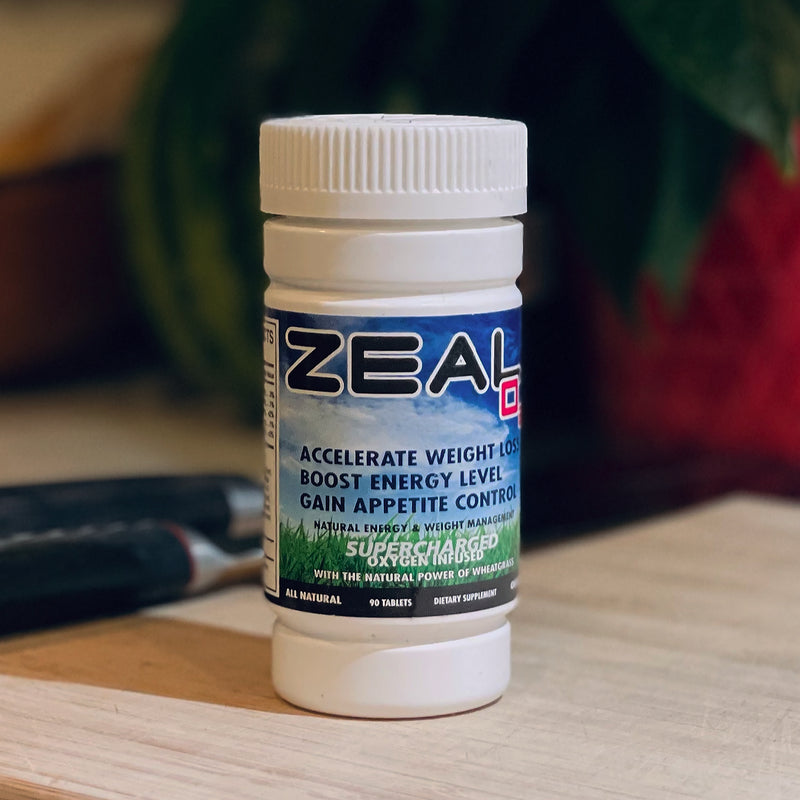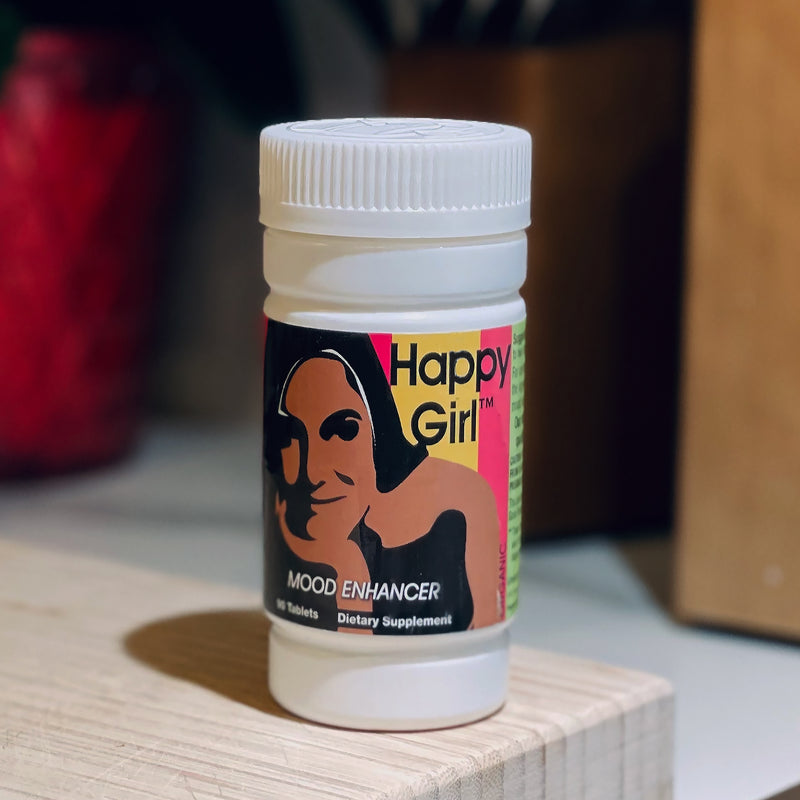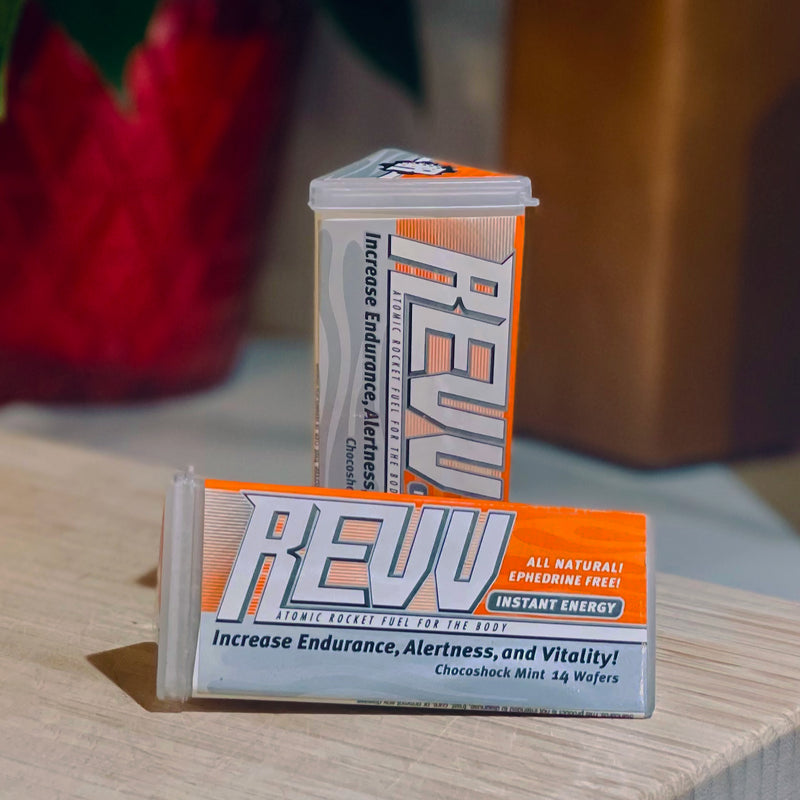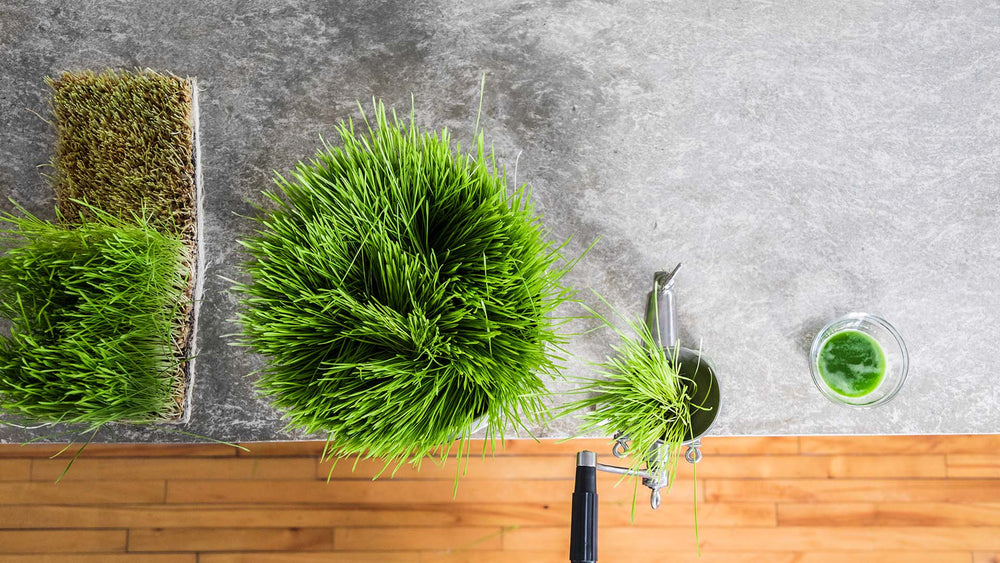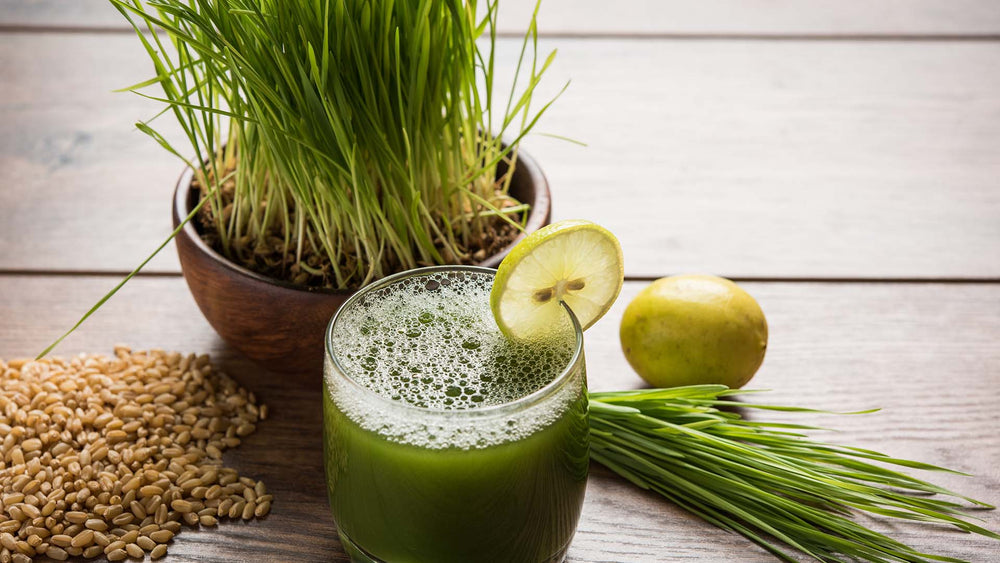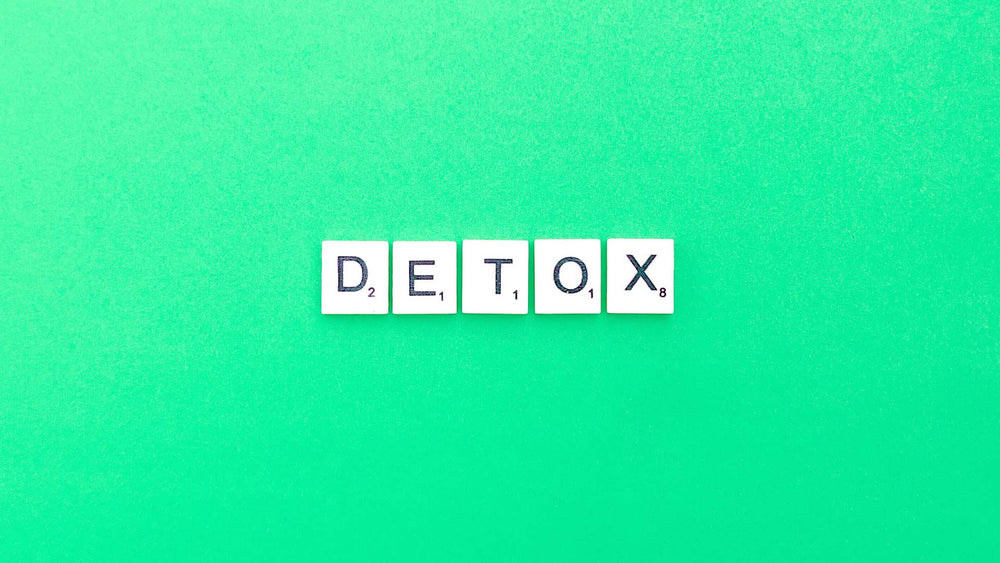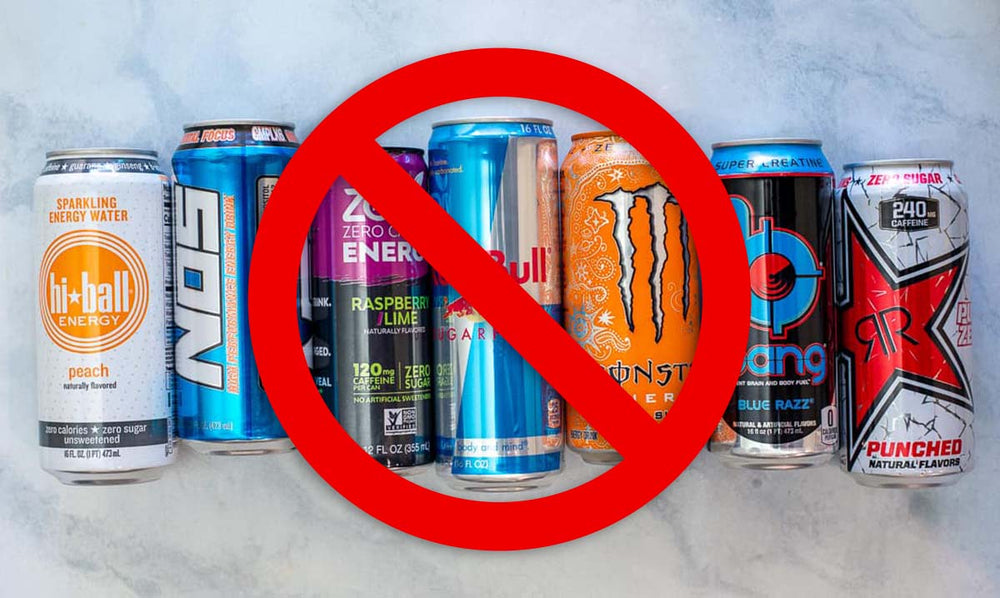We’ve all heard about the value of a balanced diet and daily multivitamin to ensure well-being, but wheatgrass, long considered a superfood by the natural health community, has now made it to the mainstream, with the New York Times and other many newspapers throughout the country noting this potent food’s popularity.
Wheatgrass is young grass picked just after sprouting. These tender sprouts contain abundant amounts of chlorophyll, the pigment that makes plants green. Chlorophyll is only one of the hundreds of nutrients in wheatgrass, but it’s referred to as “the closest thing to a fountain of youth…” by some experts. Its health benefits include detoxifying the body, improving elimination, boosting the production of red blood cells, toning muscles, and that’s just the beginning.
Wheatgrass is 70% chlorophyll, and it also contains dozens of other nutrients. If you’re new to the wheatgrass phenomenon, you may be wondering about the best way to take advantage of all those nutrients. Although juicing is popular, supplements are easier to stomach for most people.
The question for new converts is: Wheatgrass Juice vs Wheatgrass Supplements - Which is Better?
How to Get the Benefits of Wheatgrass in Your Daily Life
You can’t munch on wheatgrass like your cat! You can buy wheatgrass juice at a store or restaurant, buy a juicer and prepare your own juice at home or take a supplement tablet. The problem with juicing is that you’re never certain what you’re going to get. It’s convenient to stop by a juice bar and get a wheatgrass shot. But you can’t be certain what you’re getting from day to day. Is the preparation equipment clean? Do droppings from previous customers’ orders get into your drink? A restaurant can have a good rating from the health department and still make mistakes on drink orders or occasionally forget to clean equipment or use it properly.
Wheatgrass, Juicing and Side Effects
The first time many people drink wheatgrass juice, they may feel nauseous. Even though some stores or restaurants may add flavoring to pure wheatgrass, you can still taste the grass! This applies not only wheatgrass juice but supplement tablets as well, although tablets don’t have the same nauseous effect. A wheatgrass tablet may not taste like candy, but you won’t experience the same sensation you get when drinking wheatgrass juice. .After all, you’ve eaten kale, broccoli, spinach and other green vegetables – wheatgrass in supplement form is easier to adapt to than wheatgrass juice. And it offers better nutritional value, since tablets may also contain additional herbs (gingko biloba, ginseng, etc) and minerals you can’t get from “straight” wheatgrass juice. Some wheatgrass supplements contain cocoa, mint or other flavors to mask the “grassy” taste (which is quite subdued in tablet form in the first place).
Wheatgrass Juice Attracts Harmful Bacteria if Left at Room Temperature
And there’s another reason to be wary of wheatgrass juice – if the foamy concoction is left to sit at room temperature, the bacteria in the drink can double in less than ten minutes. You may even find a warning about wheatgrass juice and bacteria posted by some national juice chains. The warning reads, in part, that wheatgrass juice “may contain harmful bacteria that can cause serious illness in children, the elderly and persons with weakened immune systems.” Staphylococcus aureus and other airborne viruses start colonizing immediately in wheatgrass juice left outside too long, and there’s even a chance that viruses will form in wheatgrass juice left in your refrigerator.
Wheatgrass supplements are much safer than wheatgrass juice. You don’t need to worry about juicing procedures at a store (or at home) or how long they’ve been left out on a table at room temperature. You simply take a tablet one to two tablets two or three times day. Taking a wheatgrass supplement tablet is as easy and safe as taking a multivitamin.
Regardless of how you get wheatgrass, it provides dozens of nutritional advantages and may even guard against cancer and other diseases.
10 Facts about Wheatgrass and Its Primary Nutrient, Chlorophyll
Wheatgrass contains an impressive list of vitamins, minerals and amino acids. They include Vitamin A, Vitamin K, Vitamin E, Vitamin C, the B-complex vitamins - Vitamin B1(Thiamine), Vitamin B2, (Riboflavin), Vitamin B3 (Niacin), Vitamin B5 (Pantothenic Acid) Vitamin B6 (Pyridoxine), Vitamin B7 (Biotin), Vitamin B9 (Folic Acid) and Vitamin B12. The B vitamins are essential for energy, good mood, mental focus and maintaining good skin, hair and nails. Other veggies contain B vitamins, magnesium, fiber and nutrients and should be part of a healthy diet, but none of them live up to the power of wheatgrass. Here are 10 facts about wheatgrass and/or its primary nutrient, chlorophyll.
1. Wheatgrass Has a Centuries Old History as a Holistic Medicine
Wheatgrass, first popularized in America the 1950s by natural health practitioners like Ann Wigmore, has been used for over 3,000 years. There’s evidence that the ancient Greeks and Egyptians used wheatgrass as an energizer, and the ancient Chinese used it to purify blood. Wigmore, along with raw foods pioneer Brian Clement, worked extensively with wheatgrass as a source of nutrition and healing until her death in 1994. Clement is currently co-director of the institute Wigmore founded.
2. Chlorophyll Helps Transport Oxygen throughout the Body
Chlorophyll helps your body to transport more oxygen, giving you more energy. If you’ve ever exercised at a high elevation, you feel winded or exhausted because there is less oxygen to fuel your body.
3. The Chlorophyll in Wheatgrass Has Antibiotic Properties
Chlorophyll stops the growth of harmful bacteria by creating an unfavorable environment for them. A study on The Antibacterial Activity of Chlorophyll, published in 1957, concluded that chlorophyll provided protection against “certain gram-positive organisms”, including Str. Pyogenes. 1
4. Wheatgrass Contains Hundreds of Enzymes
Biological molecules called enzymes hasten the chemical processes that take place inside cells. Most enzymes are proteins, and they are necessary for metabolism, digestion and other life functions. Certain enzymes help break large molecules into small pieces that can be absorbed quickly by the body, while others combine two molecules into a new molecule. Enzymes act as catalysts for selective reactions in the body; each enzyme has its own job (or jobs) to perform. An enzyme works with molecules called substrates. A substrate binds to an active site on an enzyme. Chemical reactions accelerate once the enzyme’s active site and substrate bind. This process results in a new molecule or product, which in turn goes on to create other reactions.
Catalase is one of the hundreds of enzymes found in wheatgrass. It’s an antioxidant enzyme created naturally in the body, similar to glutathione peroxidase. It prevents carbon dioxide bubbles from forming in the blood by converting hydrogen peroxide into oxygen and water. Catalase employs hydrogen peroxide to destroy formaldehyde, alcohol and other harmful toxins in the body.
4. Catalase Destroys Harmful Free Radicals
You may have heard the term “free radicals” when reading about antioxidants and their protective capabilities. Free radicals are unstable molecules or atoms that may cause infection, disease, decreased mental ability and reduced immunity. Although we need oxygen to live, it creates free radicals that damage DNA, proteins and cell membranes. Catalyse and another enzyme, superoxide dismutase, work together to stop free radical damage to the body. Catalase molecules can efficiently convert hydrogen peroxide molecules by the millions every second. Hydrogen peroxide is a destructive force which occurs naturally in the body, and the catalase enzyme from harming cells.
The enzyme Superoxide Dismutase, or SOD, reduces cell damage caused by superoxide, the body’s most widespread free radical. It repairs cells, and helps the body through its role as an antioxidant and anti-inflammatory. Superoxide Dismutase is found in the dermis and epidermis and is essential for producing skin-building cells called fibroblasts. SOD helps destroy the free radicals that lead to wrinkles and harmful cell changes that may cause cancer. There is evidence that abnormal superoxide dismutase genes may lead to Lou Gehrig ’s disease or Amyotrophic Lateral Sclerosis (ALS). Scientists are studying the effect of antioxidants, including SOD, on neutralizing the free radicals that cause this deadly condition.
5. Protection against Harmful Chemicals
An ounce of wheatgrass in one gallon of fluoridated water changes it to calcium phosphate fluoride, a harmless substance, per the work of Dr. Earp Thomas. Wheatgrass used in wash water softens skin, and it can stop itching and contribute to healing sores and pimples. Fruits and vegetables contaminated by pesticides can be cleansed by washing them with wheatgrass-infused water.
6. Chlorophyll Helps Relieve Sinus Pain
A chlorophyll pack placed in the nose will dry up congestion almost immediately, and relieve congestion in the head within 24 hours. Drs. Redpath and Davis, ear, nose and throat specialists at Temple University, used chlorophyll to treat over 1,000 patients from young children to senior citizens, with hay fever, sinus infections and acute catarrhal inflammation, and all patients saw improvement or were cured, according to the physicians’ associate Dr. Gurskin.
7. Improve Iron and Nutrient Levels in the Blood with Chlorophyll
Chlorophyll is rich in magnesium, but it also contains iron. Magnesium, iron and the other minerals, vitamins and amino acids in wheatgrass provide much-needed nutrients for the blood, preventing or reducing anemia and fatigue.
8. The Chlorophyll in Wheatgrass Helps the Body Absorb Calcium and Minerals
The body absorbs chlorophyll easily and assimilates it into the bloodstream without spending a lot of time in the digestive process. You’ll assimilate calcium, zinc, copper, iron, selenium, manganese and other minerals present in chlorophyll quickly, facilitating healing and tissue rebuilding.
9. Chlorophyll Treats Bad Breath
The bacteria in your mouth causes bad breath-sometimes even brushing and flossing can’t get rid of it, and some people are more susceptible to retaining bacteria in the mouth than others. Chlorophyll eliminates the sulfur compounds in the mouth and gums that cause bad breath.
10. Studies Show Wheatgrass Juice is Helpful for Terminally Ill Cancer Patients
A study conducted in India and cited in Journal of Clinical Oncology in 2006 showed that wheatgrass juice was effective when given to terminally ill cancer patients instead of blood transfusions. “Its use in terminally ill cancer patients should be encouraged.”, the report concluded.
Wheatgrass is a powerful superfood and natural treatment for dozens of minor and serious illnesses. It helps keep your digestive system running smoothly and is a well-known cure for constipation. It provides extra energy and mental focus due to its abundance of B-complex vitamins, and the magnesium in chlorophyll keeps muscles toned and smooth. While some people swear by wheatgrass juice -or even wheatgrass enemas! – wheatgrass supplement tablets are the safest bet for most people.
Save Time – and Money – In the Long Run with Wheatgrass Love Wheatgrass Supplements
Instead of standing in line and spending money every day for a wheatgrass drink that may not be prepared under ideal conditions, try one of Wheatgrass Loves specially formulated wheatgrass supplements. Wheatgrass Love has developed three wheatgrass products, all of them packed with just the right amount of chlorophyll-infused wheatgrass power, along with other herbs to keep you focused and energetic throughout the day.
REVV Chocoshock Mint Energy Wafers contain wheatgrass, cocoa powder, L-Taurine and periwinkle herb to boost your performance level and energy. If you feel blah in the afternoon, reach for a REVV wafer instead of an energy drink or soda! REVV gives you energy by properly oxygenating your blood through the natural power of wheatgrass. Read more about REVV.
Trying to lose weight? Don’t worry about losing energy when you count calories. Zeal O2 Natural Weight Loss Supplement provides nutrients to keep you focused and healthy during your diet and after. Zeal O2 offers a nutritious wheatgrass formula, along with a proprietary blend containing popular herbs such as gingko biloba, cayenne pepper, white willow, Hawthorne berry and ginger- and the weight suppressant Citrus Auranthium (Bitter Orange). Read more about Zeal O2.
For folks who occasionally experience mild depression or the occasional bad mood, Happy Girl Mood Enhancer is a natural, safe way to feel happier and less anxious. Wheatgrass, with its B-vitamins, and the added herbs cayenne pepper, gingko biloba, gotu kola (and more) have ingredients to elevate your mood with no harmful side effects. Read more.
Remember to ask your doctor for advice before taking any dietary supplement, including REVV, Zeal O2 and Happy Girl. All WheatgrassLove products contain the highest quality ingredients are manufactured to the highest standard. Any questions? Call us at 877-303-1717.

